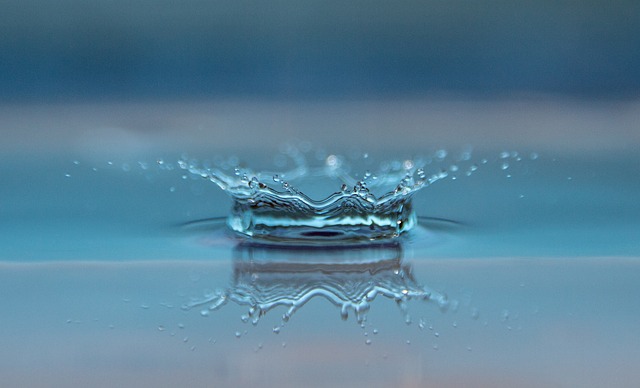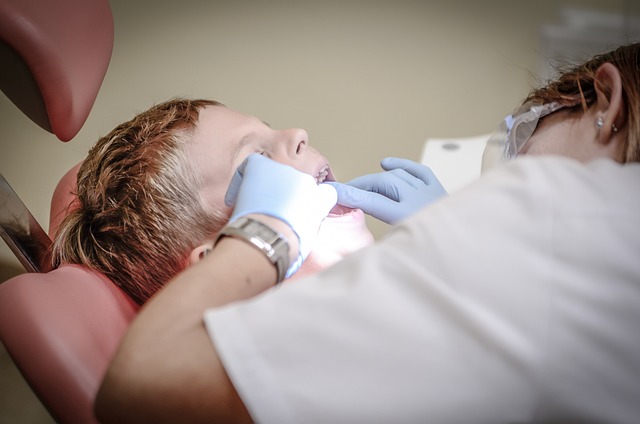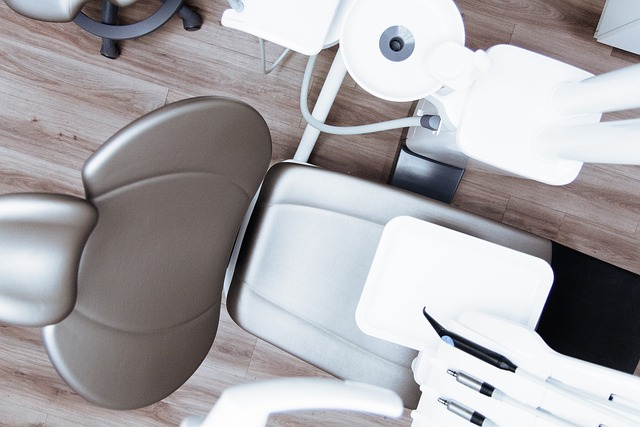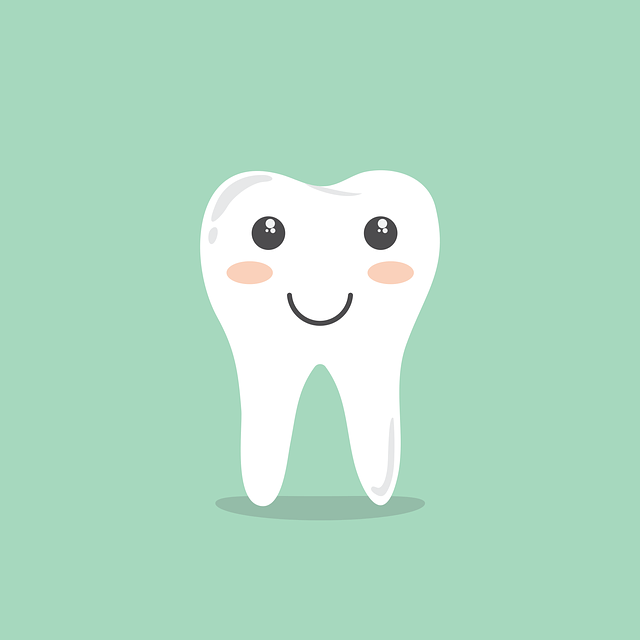Plastic Retainers and Gum Recession: What You Should Know
Plastic retainers have become a popular choice for those seeking orthodontic treatment due to their comfort and discreet appearance. However, recent concerns have arisen regarding the potential link between plastic retainers and gum recession. As we delve into this topic, it is crucial to arm ourselves with the necessary knowledge to make informed decisions about our oral health. In this article, we will explore the facts surrounding plastic retainers and gum recession, providing you with a comprehensive understanding of the potential risks and necessary precautions. Join us on this journey as we debunk myths and shed light on this important matter, ensuring that you have all the information you need to keep your smile healthy and bright.
1. Understanding the Connection: Plastic Retainers and Gum Recession Explained
Plastic retainers are commonly used after orthodontic treatment to maintain the alignment of teeth. However, it is important to understand the potential connection between plastic retainers and gum recession. Gum recession occurs when the gum tissue surrounding the teeth begins to pull back, exposing the tooth roots. While there is no direct causation between plastic retainers and gum recession, certain factors can contribute to this condition.
One possible factor is inadequate cleaning and maintenance of the plastic retainers. If the retainers are not properly cleaned, bacteria can build up and lead to gum inflammation. This inflammation can eventually cause the gum tissue to recede. Additionally, if the retainers are not fitted properly or are excessively tight, they can put pressure on the gums and contribute to gum recession. It is crucial to follow proper cleaning instructions provided by your orthodontist and visit them regularly for check-ups to ensure the retainers fit correctly.
- Proper cleaning and maintenance of plastic retainers is essential to prevent gum recession.
- Regular check-ups with your orthodontist can ensure that the retainers are correctly fitted.
- If you notice any signs of gum recession, such as tooth sensitivity or elongation, it is important to consult your orthodontist promptly.
Remember, while plastic retainers can be a valuable tool in maintaining a straight smile, it is crucial to prioritize gum health as well. By understanding the connection between plastic retainers and gum recession, you can take appropriate steps to prevent this condition and ensure the long-term health of your teeth and gums.

2. The Impact of Plastic Retainers on Gum Health: Key Factors to Consider
Plastic retainers are a popular choice for orthodontic patients due to their comfort and affordability. However, it is crucial to consider the potential impact these retainers can have on gum health. Several key factors play a role in determining the effect of plastic retainers on gum health, and understanding these factors is essential for making an informed decision.
- Material Composition: The type of plastic used in retainers can vary, and this can affect how the retainer interacts with the gums. Some plastics may be more biocompatible and less likely to cause irritation or inflammation.
- Fit and Design: A properly fitted retainer is essential for maintaining gum health. Ill-fitting retainers can apply excessive pressure on the gums, leading to discomfort, recession, or even bone loss.
- Oral Hygiene: Good oral hygiene practices are crucial when wearing plastic retainers. Failing to clean the retainer regularly can lead to the accumulation of plaque and bacteria, increasing the risk of gum disease.
- Duration of Wear: Prolonged wear of plastic retainers without breaks can contribute to gum inflammation. It is important to follow the recommended wear schedule provided by your orthodontist to minimize the impact on gum health.
By considering these key factors, individuals can make informed decisions about the use of plastic retainers and take necessary steps to maintain optimal gum health. Regular visits to the orthodontist and open communication regarding any discomfort or changes in gum health are also crucial for addressing any concerns promptly.

3. Unveiling the Link: How Plastic Retainers Contribute to Gum Recession
Gum recession is a common dental issue that affects many individuals. While there are various factors that contribute to this condition, one lesser-known culprit is plastic retainers. Plastic retainers, often used to maintain the alignment of teeth after orthodontic treatment, can actually exacerbate gum recession if not properly cared for.
When wearing a plastic retainer, it is important to maintain good oral hygiene practices to prevent gum recession. Here are a few key points to keep in mind:
- Brush and floss regularly: Properly brushing and flossing your teeth helps remove plaque and bacteria that can lead to gum recession. Make sure to clean all surfaces of your teeth, including the ones covered by the retainer.
- Remove the retainer when eating: Food particles can easily get trapped between the retainer and your teeth, increasing the risk of gum irritation and recession. Take out the retainer before meals to avoid this issue.
- Clean the retainer daily: Just like your teeth, your retainer needs regular cleaning to prevent the buildup of bacteria and plaque. Use a gentle toothbrush and non-abrasive toothpaste to clean it thoroughly.
By following these simple guidelines, you can minimize the risk of gum recession caused by plastic retainers. Remember, maintaining good oral health is crucial for overall well-being, and preserving the health of your gums is an essential part of it.

4. Protecting Your Gums: Best Practices for Using Plastic Retainers Safely
When it comes to protecting your gums while using plastic retainers, there are a few best practices to keep in mind. These simple tips will help ensure the safety and well-being of your gums:
- Keep your retainers clean: Proper hygiene is crucial in preventing gum issues. Make sure to clean your plastic retainers regularly using a mild soap and a soft toothbrush. Avoid using toothpaste or hot water, as they can damage the retainers.
- Wear them as directed: Follow your orthodontist’s instructions on how long to wear your retainers each day. Overwearing retainers can put unnecessary pressure on your gums, causing discomfort and potential gum damage.
- Remove them during meals: Take out your plastic retainers while eating to prevent food particles from getting trapped between the retainers and your gums. This will minimize the risk of gum irritation or infection.
Be cautious during physical activities: If you participate in sports or any physical activities, it’s essential to remove your plastic retainers to avoid potential injury to your gums. Accidental impact or trauma can harm your gums and compromise their health.
By following these best practices, you can maintain healthy gums while using plastic retainers. Remember to consult your orthodontist if you experience any discomfort or notice any signs of gum inflammation to ensure prompt treatment and prevent further complications.

5. The Role of Oral Hygiene: Maintaining Healthy Gums with Plastic Retainers
Oral hygiene plays a crucial role in maintaining healthy gums, especially when wearing plastic retainers. Proper care and maintenance of your retainers can help prevent gum problems and ensure their effectiveness in keeping your teeth aligned. Here are some essential tips to keep your gums healthy while using plastic retainers:
- Brush your teeth thoroughly: Brush your teeth at least twice a day for two minutes using a soft-bristled toothbrush. This helps remove plaque and bacteria that can accumulate on your teeth and gums, reducing the risk of gum inflammation.
- Floss daily: Regular flossing helps remove food particles and plaque from between your teeth and along the gumline. Be gentle when flossing around your retainers to avoid damaging them.
- Use an antimicrobial mouthwash: Rinse your mouth with an antimicrobial mouthwash after brushing and flossing. This helps kill bacteria and reduces the risk of gum infections.
- Keep your retainers clean: Clean your retainers daily using a retainer cleaning solution or mild soap and water. Avoid using hot water or harsh chemicals that may damage the plastic. Additionally, ensure your retainers are stored in a clean case when not in use.
By following these oral hygiene practices, you can maintain healthy gums while wearing plastic retainers. Remember to schedule regular dental check-ups to monitor your gum health and address any concerns that may arise. Taking care of your oral health ensures the longevity and effectiveness of your retainers, allowing you to enjoy a confident and beautiful smile.
6. Seeking Professional Guidance: Consultation and Care for Retainer-Related Gum Recession
When it comes to addressing gum recession caused by wearing a retainer, seeking professional guidance is crucial. Dentists and orthodontists have the expertise and experience to provide the necessary consultation and care to effectively treat this issue. Here are some key points to consider:
1. Consultation:
- Schedule an appointment with your dentist or orthodontist to discuss your concerns regarding gum recession.
- During the consultation, the dental professional will examine your gums and evaluate the extent of the recession.
- They will also review your retainer usage and oral hygiene routine to identify any potential causes or factors contributing to the recession.
- Based on their assessment, the dentist or orthodontist will provide personalized advice and recommendations for your situation.
2. Care for Retainer-Related Gum Recession:
- If the gum recession is minor, the dental professional may suggest adjustments to your retainer to alleviate the pressure on the affected area.
- In more severe cases, they may recommend alternative retention methods or devices that distribute forces more evenly across the teeth and gums.
- Proper oral hygiene practices, such as regular brushing and flossing, will be emphasized to prevent further gum recession.
- In some instances, additional periodontal treatments, such as gum grafting, may be necessary to restore gum tissue.
Remember, seeking professional guidance is essential to address retainer-related gum recession effectively. Dentists and orthodontists can provide tailored advice and treatment options that will help preserve your oral health and maintain the desired alignment of your teeth.
7. Empowering Patients: Educating Yourself on Plastic Retainers and Gum Recession Risks
Plastic retainers are commonly used in orthodontics to maintain the alignment of teeth after braces. While they are convenient and cost-effective, it is essential for patients to educate themselves about their potential risks. One significant concern is gum recession, which can occur when the retainer is not properly fitted or when it exerts excessive pressure on the gums. This condition can lead to tooth sensitivity, root exposure, and even tooth loss if left untreated.
To prevent gum recession, it is crucial to ensure that your plastic retainer fits properly. If you notice any discomfort or pressure on your gums while wearing the retainer, consult your orthodontist immediately. Additionally, it is essential to follow the prescribed wearing schedule and not to skip any appointments. Regular check-ups will allow your orthodontist to monitor your progress and make any necessary adjustments to avoid gum recession risks.
In summary, educating yourself about plastic retainers and the risks of gum recession is empowering as a patient. By understanding the importance of a proper fit and following your orthodontist’s instructions, you can minimize the chances of experiencing gum recession and maintain a healthy, beautiful smile. Remember to seek professional advice if you have any concerns or discomfort while wearing your retainer.
Frequently Asked Questions
Q: What are plastic retainers and how do they affect gum recession?
A: Plastic retainers, also known as clear aligners, are orthodontic devices used to straighten teeth. While they are generally considered safe and effective, they can contribute to gum recession if not properly cared for.
Q: How do plastic retainers contribute to gum recession?
A: Plastic retainers can contribute to gum recession if they are not cleaned regularly or if they are worn excessively. The pressure exerted by the retainers on the gums can cause them to recede over time.
Q: What are the signs and symptoms of gum recession?
A: Common signs of gum recession include tooth sensitivity, exposed tooth roots, longer-looking teeth, and gaps between teeth. If you notice any of these symptoms, it is important to see a dentist for evaluation and treatment.
Q: How can one prevent gum recession while wearing plastic retainers?
A: To prevent gum recession while wearing plastic retainers, it is essential to maintain good oral hygiene. This includes brushing and flossing regularly, as well as cleaning the retainers as instructed by the orthodontist. Additionally, it is important to follow the recommended wearing schedule and not overuse the retainers.
Q: Can gum recession caused by plastic retainers be reversed?
A: In some cases, gum recession caused by plastic retainers can be reversed if detected early. However, it is crucial to seek professional dental advice for an accurate diagnosis and appropriate treatment options.
Q: Are there any alternative treatment options for gum recession caused by plastic retainers?
A: Yes, there are alternative treatment options for gum recession caused by plastic retainers. These may include gum grafting procedures, where tissue is taken from other parts of the mouth and used to cover the exposed tooth roots. Your dentist will be able to recommend the most suitable treatment option based on your specific situation.
Q: How frequently should one visit the dentist to monitor gum health while wearing plastic retainers?
A: It is generally recommended to visit the dentist every six months for routine check-ups and cleanings. These visits allow the dentist to monitor gum health and address any concerns or issues related to gum recession caused by plastic retainers.
Q: Can gum recession caused by plastic retainers lead to other dental problems?
A: Yes, gum recession caused by plastic retainers can potentially lead to other dental problems if left untreated. These may include tooth decay, tooth sensitivity, and an increased risk of gum disease. Therefore, it is crucial to address gum recession promptly to prevent further complications.
Q: Are there any specific aftercare instructions for individuals wearing plastic retainers?
A: Yes, individuals wearing plastic retainers should carefully follow the aftercare instructions provided by their orthodontist. This may include proper cleaning and maintenance of the retainers, regular dental visits, and practicing good oral hygiene habits to prevent gum recession and other dental issues.
Q: Is it necessary to consult a dentist if gum recession is noticed while wearing plastic retainers?
A: Yes, it is highly recommended to consult a dentist if gum recession is noticed while wearing plastic retainers. A dentist will be able to assess the extent of the recession, determine the underlying cause, and provide appropriate treatment or recommendations to prevent further damage.
Concluding Remarks
In conclusion, understanding the relationship between plastic retainers and gum recession is crucial for maintaining good oral health. By being aware of the potential risks and taking necessary precautions, you can minimize the chances of encountering gum recession while wearing plastic retainers. Here are the key takeaways from this article:
1. Gum recession is a common issue that can occur while wearing plastic retainers.
2. The pressure exerted by plastic retainers can cause the gums to recede over time.
3. Poor oral hygiene and improper retainer care can increase the risk of gum recession.
4. Regular dental check-ups and professional cleanings are essential for identifying and addressing early signs of gum recession.
5. Maintaining proper retainer hygiene, including regular cleaning and avoiding excessive pressure, can help prevent gum recession.
6. If you notice any signs of gum recession, such as tooth sensitivity or visible gum shrinkage, consult your dentist promptly.
7. Your dentist may recommend alternative retainer options or provide additional treatments to address gum recession if necessary.
Remember, being proactive about your oral health and seeking professional advice can go a long way in preserving your beautiful smile.






